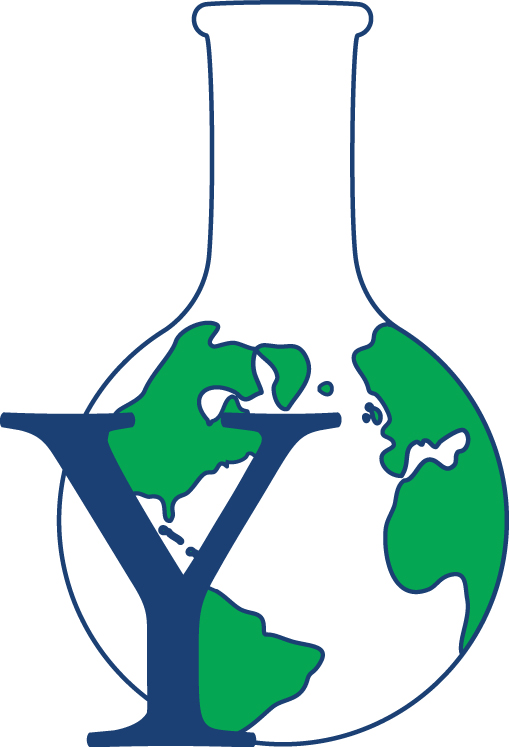PRINCIPLES OF TOXICOLOGY MODULES
Toxicology is defined as investigation of any adverse effects that physical, chemical, or biological agents may have on living organisms and the environment. Toxicity can be acute or chronic; mild or severe. There are a myriad of interconnected issues that researchers and designers face when determining whether a chemical is toxic or not. Many have to do with the fate of the chemical and then how it impacts living systems and presents itself as toxic. If chemists can change any of the physiochemical properties of the chemicals they design, the chemical bioavailability can be tailored to the acceptable physiochemical level, where it can still carry out its functions while posing less threat to its biological host. When estimating potential toxicity of a chemical, toxicological concepts such as ADME (Absorption, Distribution, Metabolism and Excretion) and bioavailability should be considered, among many others. Physicochemical properties tie into these too as each chemical has a unique set of physical and chemical parameters which play an important role in the toxicity assessment. For example, a chemical can be characterized by its molecular weight, surface area, partition coefficient (LogP), and pKa. These parameters can evaluate if the compound is bioavailable (if it will absorb through the skin, lungs or GI tract) and how fast will it be metabolized and excreted. For a tutorial and background information about toxicology in general, please visit ToxLearn. ToxLearn is a joint project from the U.S. National Library of Medicine’s Toxicology and Environmental Health Information Project (TEHIP) and the U.S. Society of Toxicology (SOT). Together, these agencies developed a two module learning tool, helping to highlight key toxicology features and background into further study in toxicology.
